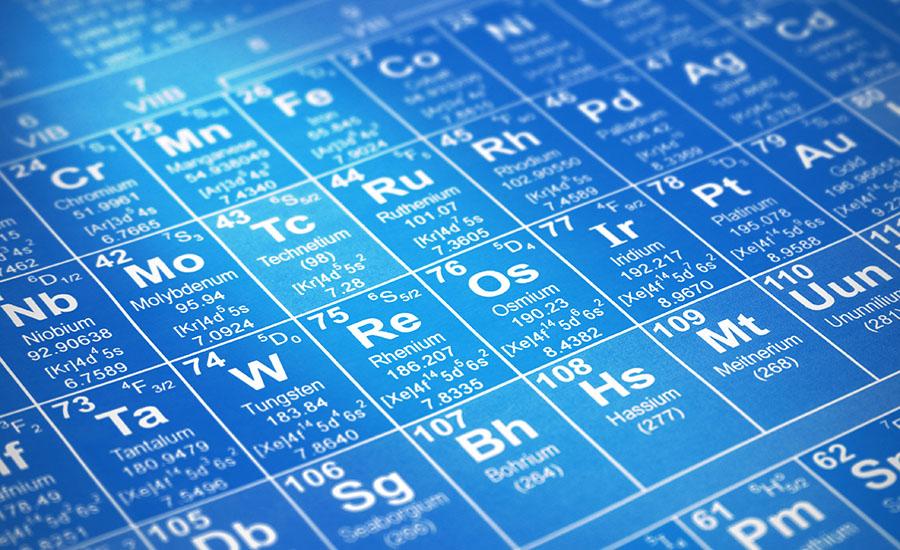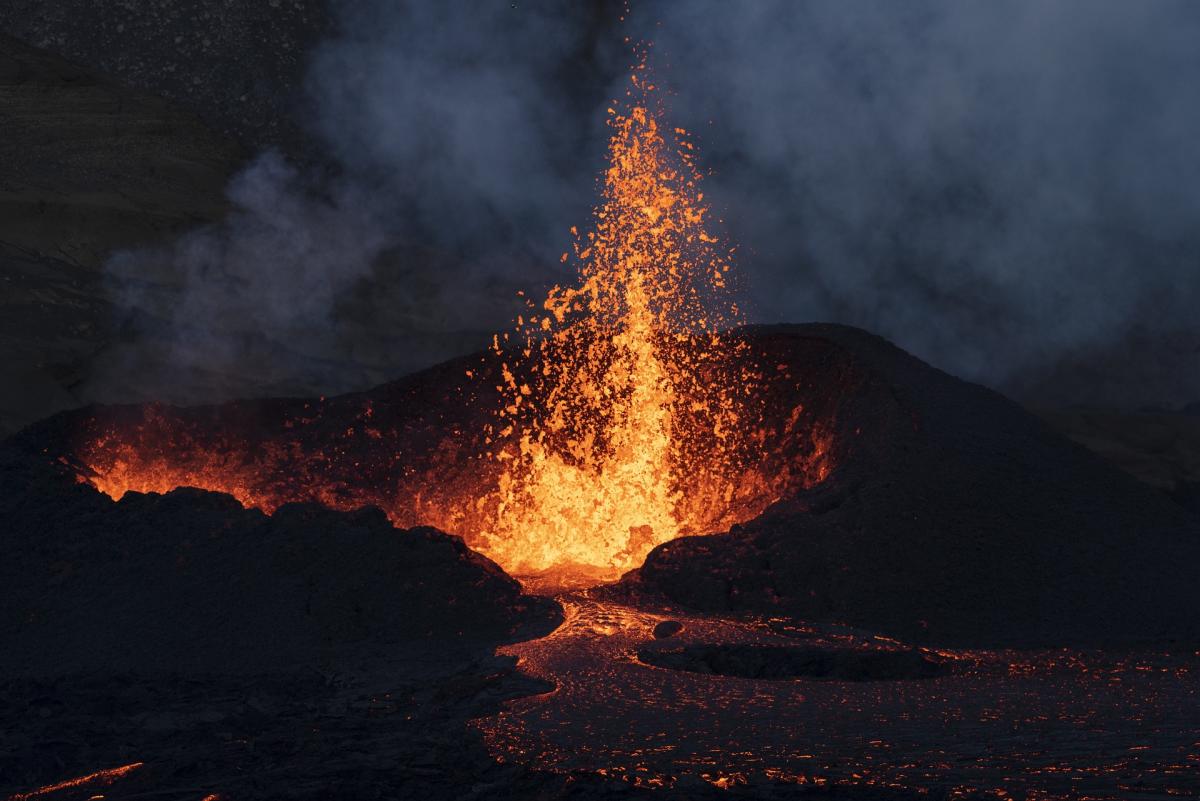
In this lab students will observe how five different ice cubes react while melting. Each ice cube is made of a different liquid (matter). They will then collect their data on length, height, and

This set of lessons allows students to model the decay chains of radioactive isotopes and relate the mathematical patterns and scientific concepts together in a innovative and interactive way.

The lesson is primarily about building a Lego or any block tower with a good foundation. This can be done in a group of 5 - 7 students. In my case I am considering 7th and 8th grade class to perform

In this lesson, students uses a PhET simulation to investigate the types of energy and its conservation. They then perform an actual experiment to prove or disprove their findings from the simulation.

An investigation into the function and uses of solar panels in agriculture - Agrivoltaics. Exploring how to get the most efficient use of your solar panels for your gardens.

Get ready to engage with some hands-on activities that will illustrate the mechanics of calculating both kinetic and potential energy and unravel the equations for these essential parts of physics.

The quintessential chemistry lab, Flame Test Lab! Students will use spectroscopes to identify the component photons of light that are emitted from Spectrum Tubes and Flame Tests. Students will learn

OMG! Empirical Formulas
Students will discover the Empirical Formula for the synthesis of Magnesium and Oxygen through a laboratory experiment in which they will react Magnesium Ribbon with atmospheric Oxygen by super

In this lesson, students are introduced to the use of synthetic pigments (biomimicry) in things they use everyday to make art. Students use solvents to separate colors and study chromatography in

In this lesson, students are to use simple materials to create a structure that holds weight. It must be able to stand on its own. Students will first study and discuss gravity.

In this high school lesson, students will get the opportunity to engage in scientific research, studying sustainability and fuel options, while creating models to represent their knowledge.

In this geometry/coding lesson, students embark on an exciting journey with Elsa and Anna from Frozen using Code.org. The lesson introduces fundamental coding concepts through interactive puzzles and

Students will apply STEM principles to design and build a working circuit in the shape of a heart, incorporating science concepts, technology tools, engineering skills, and mathematical calculations.

In this lesson, students will explore how temperature and pressure can each affect the states of matter. Students will develop a plan and a hypothesis, and will the conduct their experiment to analyze

In this lesson, students will explore the concepts of gear ratios and proportions. They will construct a working gear system and observe how the ratio between gears affects their motion. They will use

In this lesson students learn about absorbency and are introduced to the colorful world of tie-dying as a way to recycle stained shirts.

This hands-on lesson, allows students to make observations and draw conclusions based on their own crystal growth experiments. It combines literacy and science to give the students the opportunity to

In this lesson students learn about the simple machine screw, specifically the Archimedes Screw, and engineer a device that can lift a marble.

This is best for high school AP/IB/Honors Biology students for using clay and miscellaneous items to model and then film their model of Cellular Respiration to better understand how the Electron

Calculating Moles to gram of multiple different compounds to make playdough. Includes easy and advanced practice problems (with answers) and teacher background knowledge. Basic easy ingredients are

Students create a scale model representing earth's history in order to analyze how life has changed on earth over time.

Lesson explores compounds, mixtures and solutions, defining each and what distinguishes them from each other. Students complete a lab as an introduction, use a PowerPoint to refine their knowledge and

A lesson to teach students how to collect, organize, interpret data, make inferences, raise awareness, and suggest possible solutions on the water quality of the waterbodies in the state of Arizona.

This lesson serves to provide an extension to lesson one. In this lesson, students will have the opportunity to build their own model of the solar system to scale, utilizing math concepts of exponents
